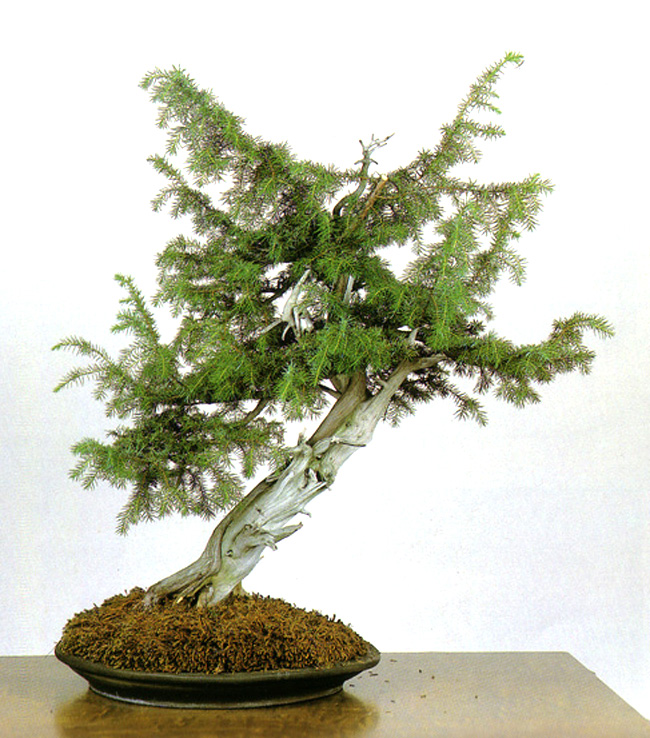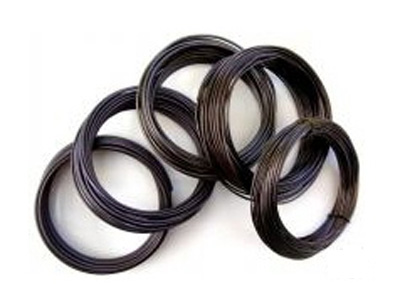The styling on this Juniper is almost done (at least for now). The exception is the sacrifice branch on the top. The artist, Mr Toshinori Suzuki, has decided to leave it on to strengthen the tree's apex. When he is satisfied with the apex, he'll sacrifice the branch. No ceremonial drums, just sharp shears required.
Most trees are apically dominant (most of the tree’s energy and thus growth, tends to flow up into the apex). However, most junipers, including this one, are laterally dominant (most of the energy flows into lower lateral branches).
In order to develop a new apex on this laterally dominant tree, growth at the top needs to be encouraged. This is accomplished by allowing a branch at the apex to grow unimpeded. This unimpeded growth draws energy (water, gases and nutrients) upward. Especially if the tree’s lateral growth is impeded by trimming. Once the apex is fully developed the branch at the top is sacrificed. Thus the name.
Sacrifice branches can be used in a number of situations. Two common and almost synonymous uses are: to thicken a trunk or branch and to strengthen a section of a tree. If you look at the photo above, you can see that the apex is not as lush and well developed as the rest of the tree. Thus the need for the sacrifice branch (if you look at the rest of the tree, you might notice three or four smaller sacrifice branches).

Before. Can you see how Mr Suzuki got from this to the tree in the photo above? If you're interested in seeing some of the steps and what Suzuki has to say about them, you can check the original article in Bonsai Today issue 61 (Japanese articles and photos are courtesy of Kindai Bonsai and Bonsai Focus).
One Brand New Sale & 2 Sales Ending
NEW 25% off 500 gram rolls Bonsai Aesthetics Wire
(only 9.40 each)
 25% off Bonsai Book Sale
25% off Bonsai Book Sale
ends tomorrow (Wednesday) at 11:59pm EDT
 Okatsune Tool sale also ends tomorrow
Okatsune Tool sale also ends tomorrow
FREE Shipping on U.S. orders 49.00 or more
New lower shipping rates on all other orders